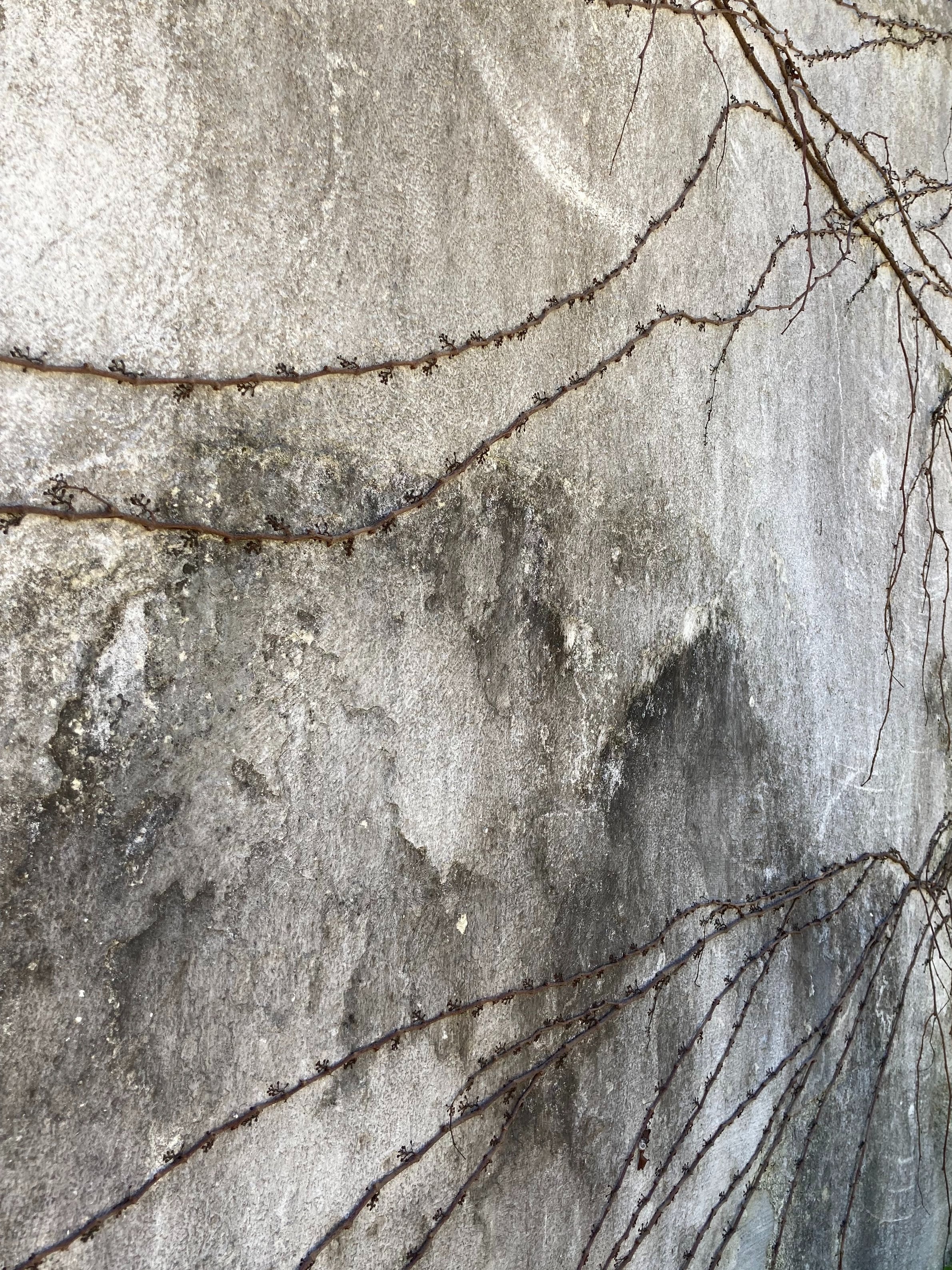
controlled hallucination:Patterns of Sub_Consciousness
Silence is not the absence of sound but the absence of self
Anthony de Mellos
The title „controlled hallucination“ was inspired by Anil Seth who rediscovered the term and used it to describe his insights into how perception happens from the bottom up, for example by actively interpreting sense data. Within the course of her artistic research, Silvana visited and was very much inspired by her experience in the soundless space and reverberation room of the TU Berlin. She was especially inspired by learning how the brain produces sound by itself when faced with the total absence of sonic stimuli.
The constant exploration of perception and consciousness, both on a theoretical and creative level, plays a central role in Silvana's artistic work. She conceives of herself as a medium of sensuousness and explores the limits and potential of this approach. In the course of the Flausen/Take Care scholarship, Silvana devoted herself in particular to her compositional methods. Based on neuroscientific findings about human consciousness and the Sonic meditations by composer Pauline Oliveros, she set out to explore and capture our stream of consciousness through sound and vocal expression. Moreover, she started developing a sound archive consisting of her own vocal and field recordings. The unique opportunity to do her vocal practice in a church near her home led to her playing with reverberation and sound layering.
She finally created the sound piece „until echoes become untraceable“. Still, her main focus within this scholarship was the further development of her own vocal practice. On the basis of Pauline Oliveros sonic meditations and the composer`s profound insights on deep listening and musical improvisation, Silvana created several unique methods to take with her into the projects and artistic research to come.
I am also interested in music expanding consciousness. By expanding consciousness I mean that old patterns can be replaced with new ones.
Pauline Oliveros